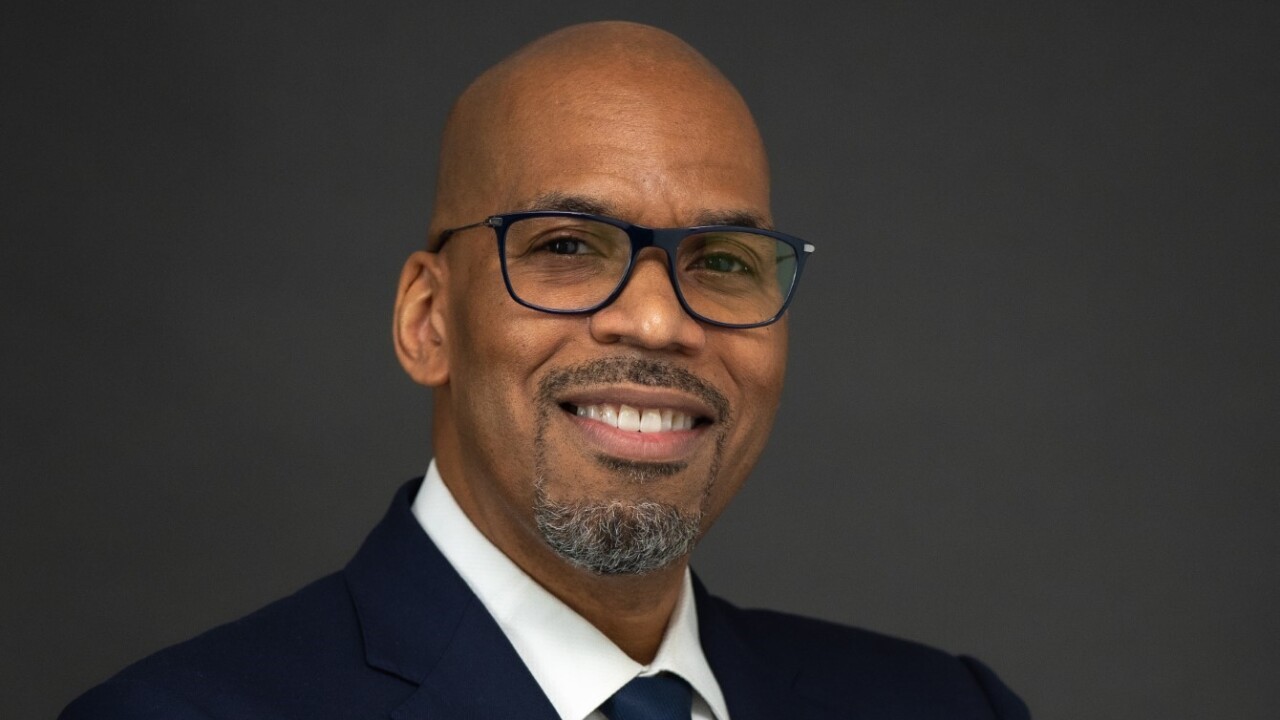by Paul B.W. Miller and Paul R. Bahnson
Any corporate governance reformers worth their salt were surely gratified in September when Richard Grasso took a fall for accepting $180 million in compensation as the chief executive of the New York Stock Exchange. However, his departure has not eliminated the stench.
For one thing, what kind of board would even conceive of such a huge amount, much less propose, offer and authorize it? If they weren’t duplicitous, they were either asleep at the switch or completely out of touch with reality.
In case anyone is tempted to assert that Grasso’s pay is reasonable for a corporate executive, they need to remember that the NYSE is not a regular profit-making corporation. Rather, it is the most pivotal linchpin in the U.S and global capital market system. In that role, the exchange is supposed to first bring buyers and sellers together through its members and, second, create assurances to all participants that they are being treated fairly. The presence of this much compensation greatly clouds the latter picture, so much so that we applaud current efforts to separate the exchange’s trading and regulatory activities.
Beyond that point, Grasso’s departure, like that of other leaders, creates a vacuum that should be promptly filled by a person of sufficient gravitas and experience to calm unsettled observers. For example, even the weak Enron board reinstalled Ken Lay after Jeff Skilling’s hasty (and irregular) departure. The white knight is supposed to save the day by looking confident and acting quickly to restore credibility.
So, who has the NYSE turned to in implementing this classic strategy? None other than John Reed, the former Citigroup chief executive who was ousted summarily from that post in March 2000 after a power struggle with Sandy Weill.
Investors who remember Reed will be sticking their money in a mattress because of his abominable record in looking after their interests. In fact, we published a column in June 2000 (“John Reed’s contributions to financial accounting”) that cataloged his reprehensible activities in the 1980s and 1990s after he was deputized by the Business Roundtable to compromise the Financial Accounting Standards Board’s integrity and ability to issue standards.
That column specifically documented his efforts to gain control over the Financial Accounting Foundation, so that he could shape the appointment of other trustees and eventually rein in FASB. Evidence of Reed’s strategy (and character) is provided by a March 8, 1988, confidential memo to the Business Roundtable’s Accounting Policy Committee reporting on his efforts to strangle the board.
This sentence explicitly describes his strategy for gaining influence at the FAF: “[Trustees Rholan] Larson and [Jack] Ruffle were genuinely concerned about the business community’s growing lack of confidence in the FASB and seemed interested in exploring possible steps that might be taken to address the concerns. They also expressed an interest in having a representative of the Business Roundtable fill a trustee-at-large position.” Reed must have thought his plan was working beautifully when his sidekick, Tom Jones, was later selected as a trustee.
Reed’s lack of integrity is completely naked in the fourth paragraph, where he reports on his goal of creating the image that the board was satisfying no one at all. However, he had a small obstacle — the truth. In fact, not all preparers were upset with efforts to reform generally accepted accounting principles.
Here are Reed’s pithy words (emphasis added): “The FAF representatives commented that the FASB and FAF have received mixed signals regarding the FASB’s recent performance. While CEOs have been very negative, CFOs and controllers who work more closely with the FASB have been more supportive of the FASB’s actions. This lack of a consistent posture within the business community, while somewhat understandable, is undermining the Task Force’s efforts and the Roundtable members should get their CFOs and controllers on board with our views on the FASB.”
Reed was striving so hard that he was not about to be turned aside by the annoying fact that CFOs and controllers actually supported the board. As he saw it, their approval was “undermining” his effort to stop the tsunami of accounting reform that was scaring him and the BRT to death. How on earth could they manage their companies’ financial images if they had to report more about what was really happening?
Reed wasn’t done once he executed his pawn’s gambit on the FAF. He had bigger moves in mind. In September 1988, he proposed creating a “Financial Accounting Standards Oversight Committee” that would control FASB’s agenda by adding (or not adding) new projects and by unilaterally removing projects that were hitting too close to home.
No kidding. He even went so far as to propose to Ray Groves, chair of the FAF and CEO of Ernst & Whinney, that the seven members would be the FASB chair, an SEC commissioner, two CEOs, two senior partners of the then-Big Eight accounting firms, and the president of the AICPA.
His grandiose scheme also required a “supermajority” of five votes to pass any motion. It would take only one other vote aligned with the two CEOs to block any reform, and it could easily come from the auditors or the AICPA president. Can you imagine giving Barry Melancon that kind of power over FASB?
Reed’s unquenchable hubris took him right over the head of chief accountant Ed Coulson (a newcomer to the position) to the SEC chair, David Ruder, who was merely holding the seat until the end of Reagan’s second term. With those officials as his only obstacle, he must have thought it would be a slam dunk to get FASOC in place.
Not so. On Jan. 10, 1989, Ruder delivered the chairman’s traditional address to the AICPA’s SEC Conference, in which he summarily dismissed FASOC as unworkable because it supplanted the commission’s own oversight. At last, someone explained to Reed just how transparent and ludicrous his conspiracies were.
Of course, no one could have possibly gotten through to him that the inevitable consequence of diminishing FASB’s independence would have been more uncertainty, higher risk and depressed stock prices. We wonder if he gets it even now, after Enron and other scandals. He surely must have thought, and still may think, that the only factor driving stock prices is higher reported earnings, no matter how they’re fabricated.
In his quest to gain freedom to manage that number without constraint, he must have anticipated that he could create a high-stock-price heaven for himself and his fellow CEOs.
We realize that 15 years have passed since this attempted hostile takeover, and perhaps three years of imposed idleness have allowed him to fix the flaws in his thinking. Maybe now he can be trusted to reform the NYSE, either as an interim broom or, as some have suggested, as Grasso’s permanent successor.
It is just as likely that the next Friday the 13th movie will reveal that Jason has a changed heart and is now wielding his chainsaw only for a firewood delivery business. That epiphany couldn’t be any more drastic than the one needed for Reed to be the right man for the job of the world’s second-most powerful capital market regulator and partner of individual investors.
So, our advice is, “Look out! He’s BA-A-A-ACK!”
Paul B.W. Miller is a professor at the University of Colorado at Colorado Springs, and Paul R. Bahnson is a professor at Boise State University. The authors’ views are not necessarily those of their institutions. Reach them at





